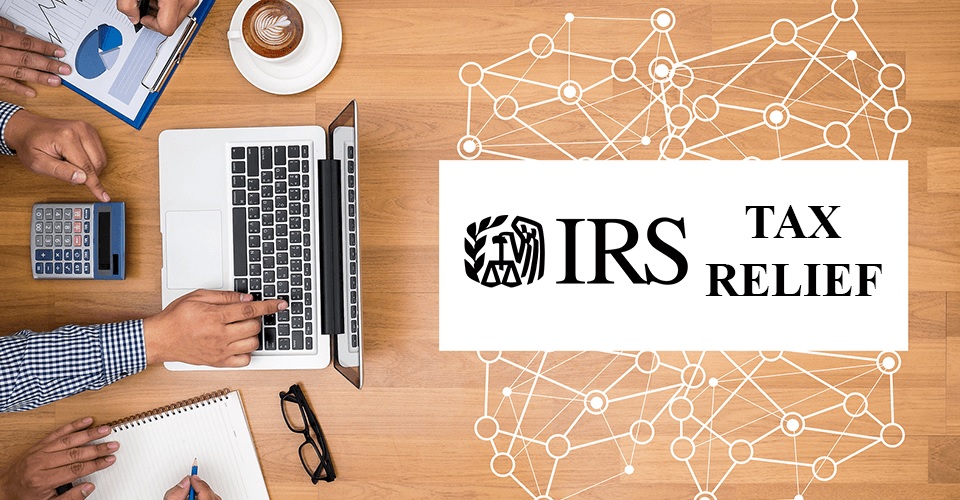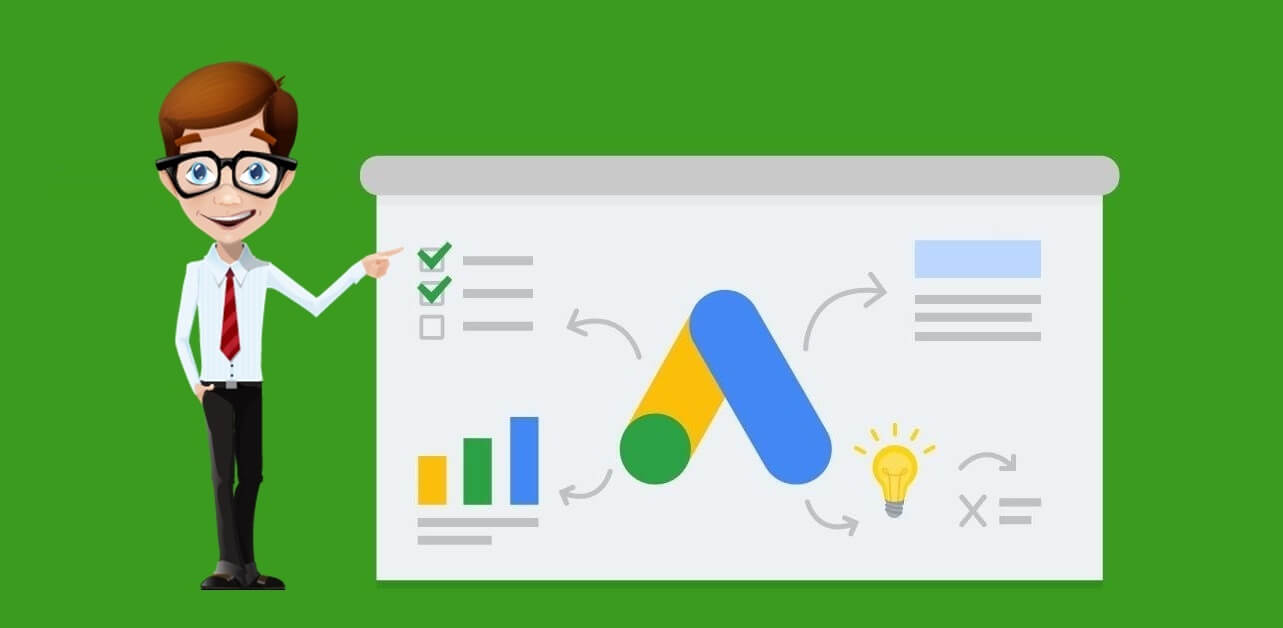Dealing with tax debt can be overwhelming and stressful. The Internal Revenue Service (IRS) understands that individuals and businesses may face financial difficulties, and as a result, they have established the IRS Tax Debt Relief Program. This program offers various options to help taxpayers resolve their tax burdens and regain financial stability. In this article, we will explore the different aspects of the IRS Tax Debt Relief Program and how it can provide relief to those struggling with tax debt.
1. Understanding the IRS Tax Debt Relief Program:
The IRS Tax Debt Relief Program is designed to assist taxpayers in settling their outstanding tax liabilities. It offers several options, including installment agreements, offers in compromise, and currently not collectible status. These options aim to provide individuals and businesses with manageable repayment plans or even reduce the total amount owed.
2. Installment Agreements:
An installment agreement allows taxpayers to pay their tax debt in monthly installments over an extended period. This option is suitable for those who cannot afford to pay their tax debt in full immediately. By entering into an installment agreement, taxpayers can avoid more severe consequences, such as wage garnishment or bank levies.
3. Offers in Compromise:
An offer in compromise (OIC) is an option for taxpayers who are unable to pay their tax debt in full. It allows taxpayers to settle their debt for less than the total amount owed. However, qualifying for an OIC can be challenging, as the IRS carefully evaluates the taxpayer’s financial situation to determine their eligibility.
4. Currently Not Collectible (CNC) Status:
If a taxpayer is experiencing financial hardship and cannot afford to pay their tax debt, they may qualify for currently not collectible status. This status temporarily suspends IRS collection activities until the taxpayer’s financial situation improves. While the debt remains, the IRS will not actively pursue collection efforts.
5. Seeking Professional Assistance:
Navigating the IRS Tax Debt Relief Program can be complex, and it is advisable to seek professional assistance. Tax professionals, such as enrolled agents or tax attorneys, can provide expert guidance, negotiate with the IRS on your behalf, and help you choose the best option for your specific situation.
6. Important Considerations:
It is crucial to understand that the IRS Tax Debt Relief Program is not a one-size-fits-all solution. Each taxpayer’s situation is unique, and the IRS evaluates eligibility on a case-by-case basis. Additionally, it is essential to stay compliant with future tax obligations to avoid accumulating further tax debt.
Conclusion:
The IRS Tax Debt Relief Program offers a lifeline to individuals and businesses struggling with tax debt. Whether through installment agreements, offers in compromise, or currently not collectible status, taxpayers have options to resolve their tax burdens and regain financial stability. Seeking professional assistance is highly recommended to navigate the complexities of the program and ensure the best possible outcome. Remember, taking action sooner rather than later is crucial when dealing with tax debt.



